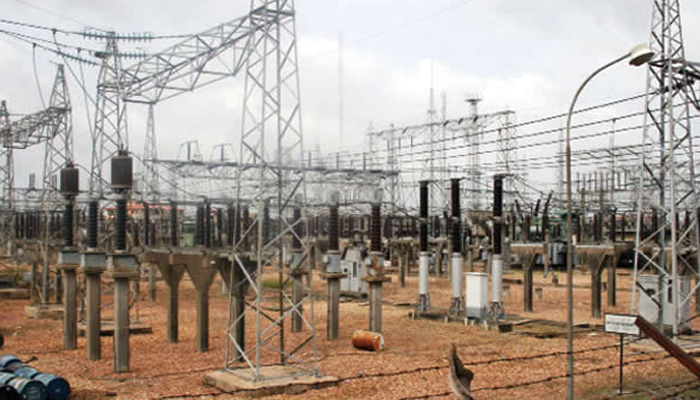Paragraph 1: Nigeria’s Ambitious Electrification Plan and Funding Strategy
Nigeria is embarking on a transformative journey to achieve universal electricity access within the next decade. This ambitious endeavor aims to connect 120 million people across 22 million households to the power grid, requiring a substantial investment of $23.2 billion. Recognizing the magnitude of this financial undertaking, the Federal Government is actively engaging with commercial banks and other investors to secure the necessary funding. The initial phase of the project requires $14.1 billion, representing 60% of the total investment. The Rural Electrification Agency (REA), a key player in this initiative, is spearheading the drive to attract private sector participation. The REA’s strategy involves leveraging public funding to catalyze private investment, ensuring the long-term sustainability of the project.
Paragraph 2: Diverse Funding Sources and Private Sector Engagement
The Nigerian government is pursuing a multi-pronged approach to secure funding for the electrification project. This includes leveraging funds from international development partners such as the World Bank and the African Development Bank, alongside actively courting private sector investments. The REA has already secured significant commitments from commercial banks like First City Monument Bank and Stanbic IBTC, each pledging $100 million. Negotiations are underway with other major banks like Access Bank and Zenith Bank, demonstrating the growing confidence in the project’s viability. The government’s strategic focus on attracting private sector investment underscores the importance of partnerships in achieving universal electricity access.
Paragraph 3: Targeted Programs and International Collaboration
The Nigerian electrification plan encompasses several targeted programs aimed at maximizing impact and reaching diverse communities. The Distributed Access through Renewable Energy Scale-up (DARES) program, backed by $750 million in funding, aims to electrify 17.5 million Nigerians and leverage an additional $1.1 billion in private sector investment. International collaboration plays a significant role in the plan, with co-financing from the Japan International Cooperation Agency ($190 million) and the International Finance Corporation ($20 million) further bolstering the project. The government’s active pursuit of international partnerships demonstrates a commitment to securing diverse funding streams and leveraging global expertise.
Paragraph 4: Tariff Structures and Investment Returns
A key element of the electrification plan is the establishment of sustainable tariff structures that ensure investors can recoup their investments and generate reasonable returns. The REA emphasizes that tariffs are designed to cover capital costs, operations and maintenance, and capital appreciation. This transparent approach aims to reassure investors and attract further private sector participation. The success of existing mini-grid projects, with a 95% recovery rate, demonstrates the willingness of rural communities to pay for reliable electricity, further bolstering investor confidence.
Paragraph 5: Technology Mix and Grid Modernization
The universal electricity access plan incorporates a diverse mix of technologies tailored to different community needs. Solar home systems are prioritized for sparsely populated areas, grid extensions for urban areas, and mini-grids for densely populated off-grid zones. This approach ensures optimal cost-effectiveness and addresses the unique energy demands of various regions. The plan envisions a more dynamic and flexible grid system, potentially incorporating multiple grids to offer consumers choices in their electricity providers, mirroring successful models implemented in countries like India. This modernization effort aims to enhance reliability and empower consumers to manage their energy consumption and costs.
Paragraph 6: Addressing Challenges and Ensuring State Readiness
While the electrification plan presents a transformative vision, several challenges remain. An assessment of the 36 states and the Federal Capital Territory reveals varying levels of readiness, with only Lagos State currently in the "advanced" stage. Many states require significant support in areas such as policy development, funding mechanisms, infrastructure upgrades, and capacity building. The report highlights the need for improved data collection and management at the state level to facilitate effective planning and investment. Overcoming these challenges will be crucial for ensuring the successful implementation of the electrification plan and realizing the goal of universal electricity access for all Nigerians.


